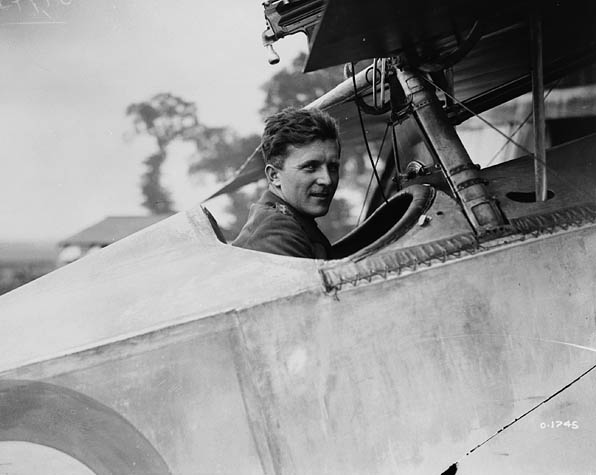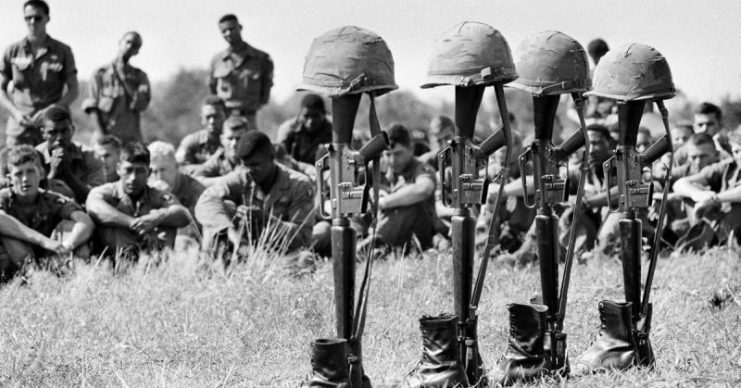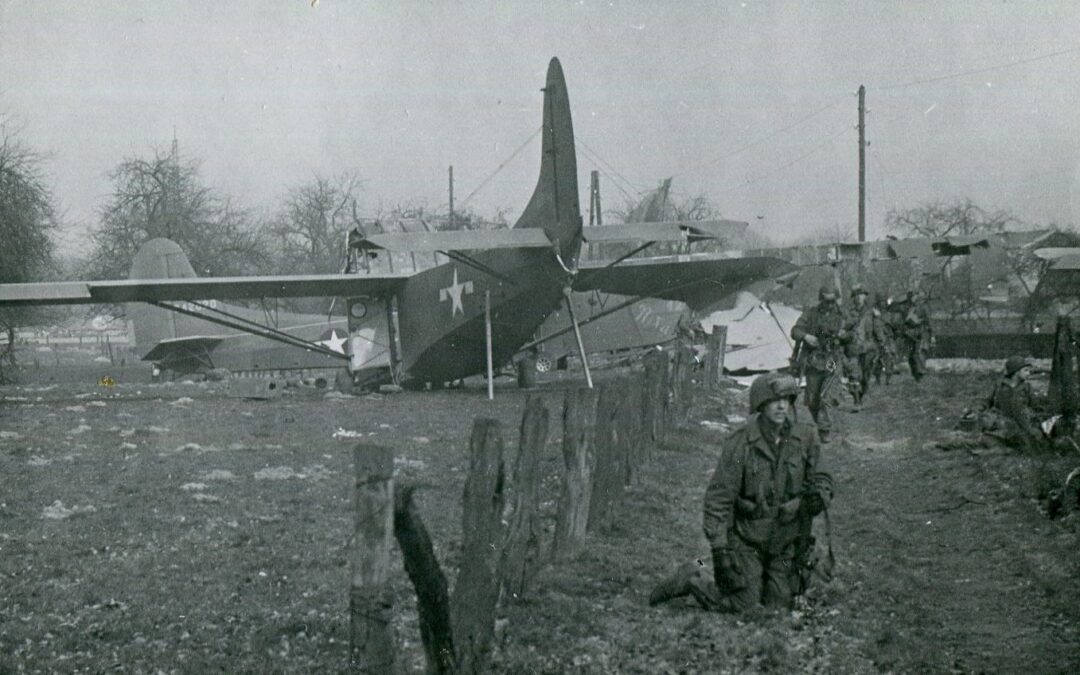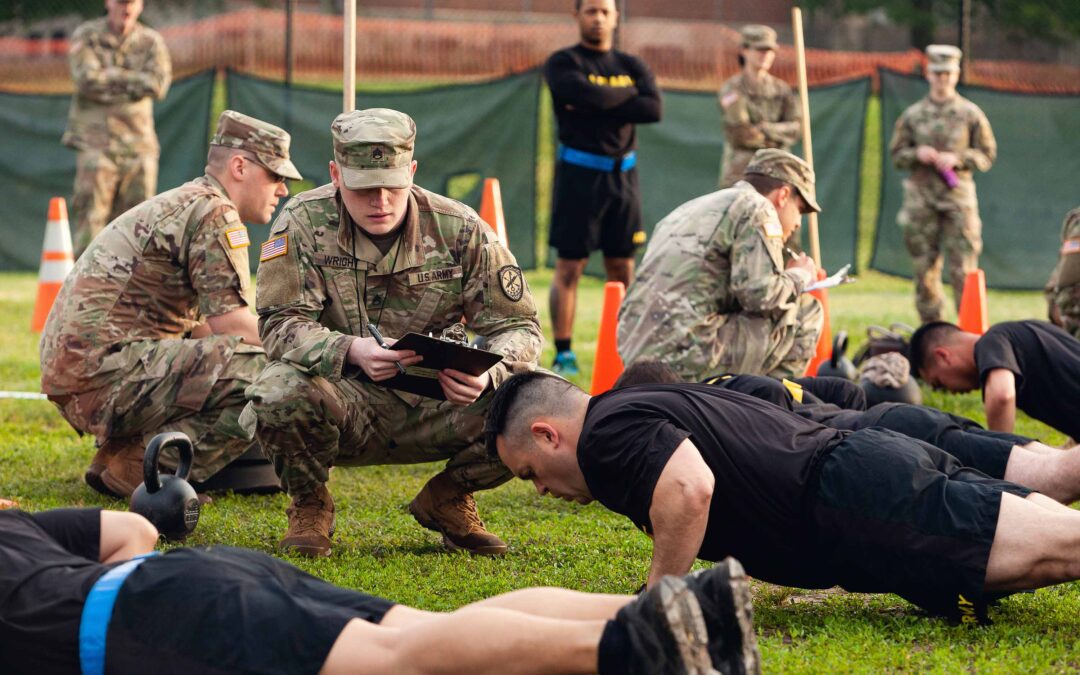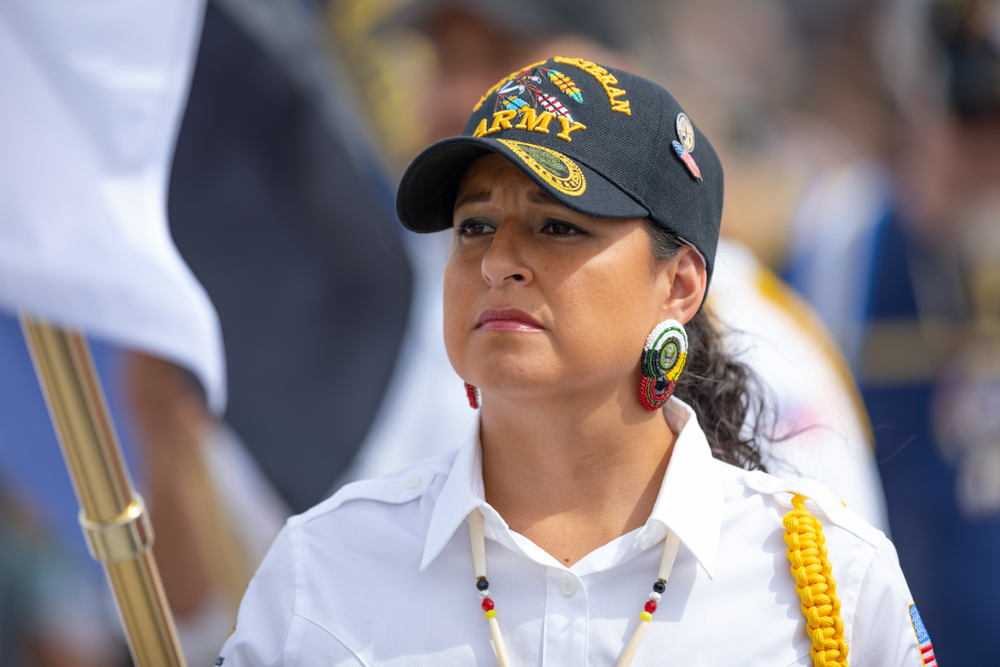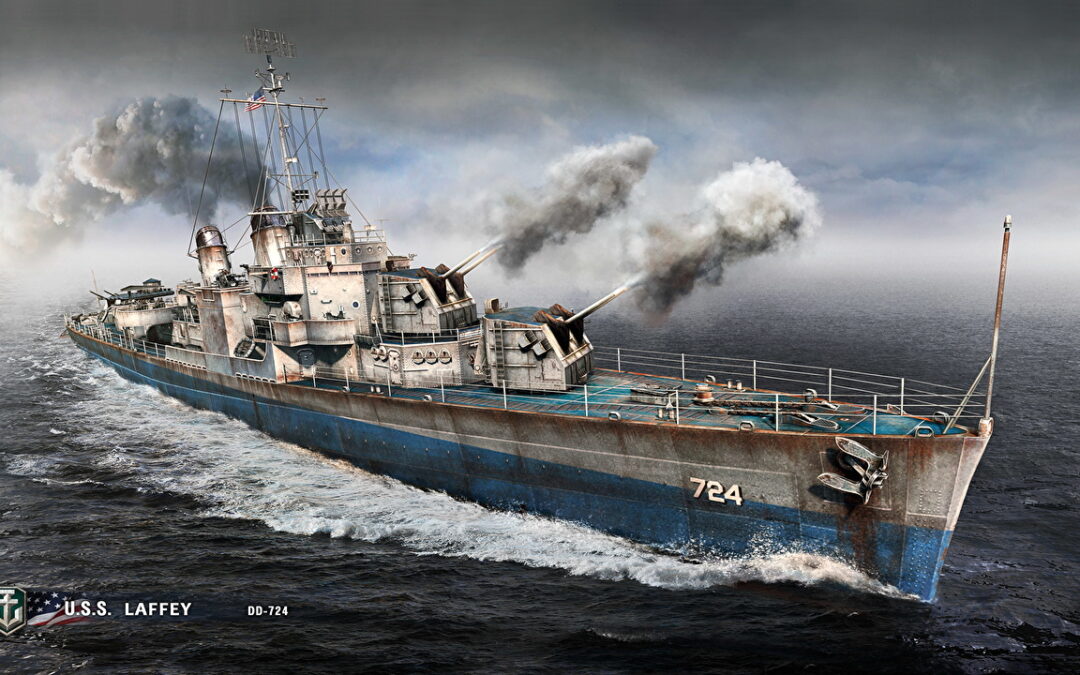Biography Carl Maxie Brashear came from humble beginnings, which gave no hint of the significant course his life would later take. Carl was the sixth of eight children born to sharecroppers McDonald and Gonzella Brashear in rural Tonieville, Kentucky, on January 19, 1931. Even though their home did not have electricity or running water, Brashear remembered a very happy childhood. The children found entertainment in telling jokes and playing with their father. Carl's great uncle was a preacher, and he attributed the family's endurance through difficult times to their strong Christian faith. At the age of 17, Carl Maxie Brashear had an interest in joining the Army but got his first taste of the prejudice rife in the military at the time at the hands of an abusive recruiter. Not to be dissuaded, Brashear met with a kind naval recruiter and passed the entrance exam that very day. On February 25, 1948, Brashear joined the US Navy shortly after all military branches had been desegregated...


